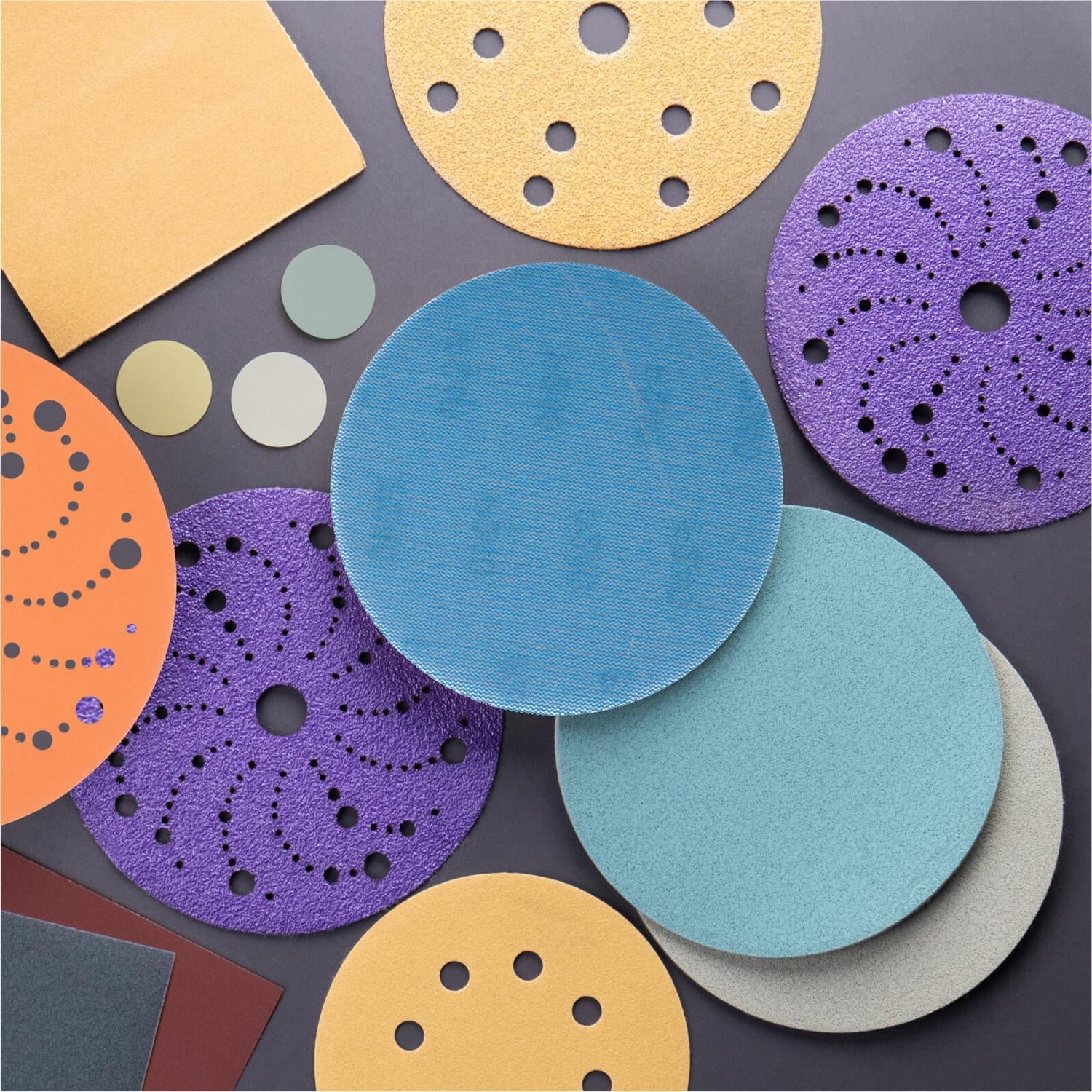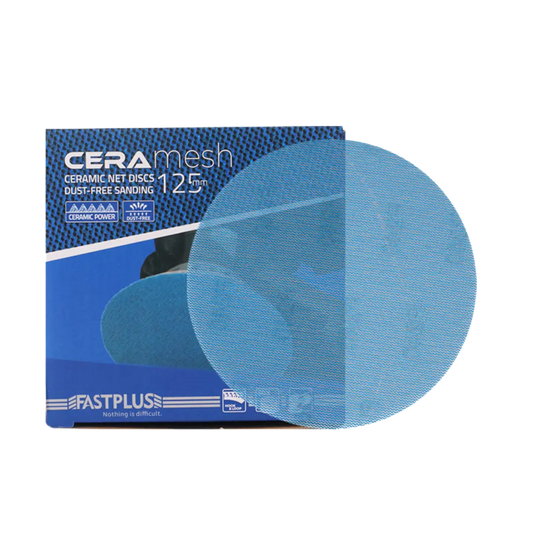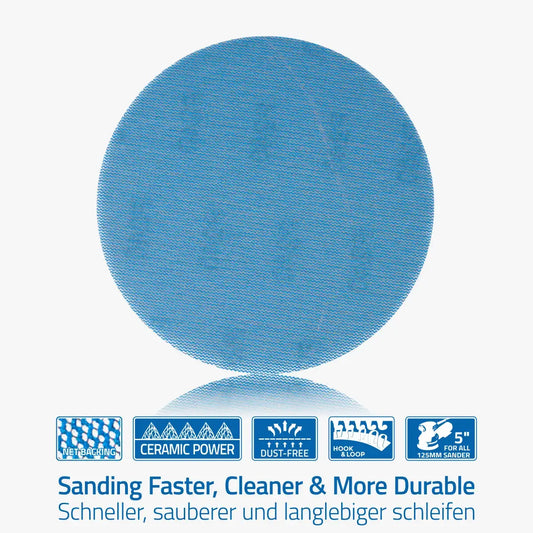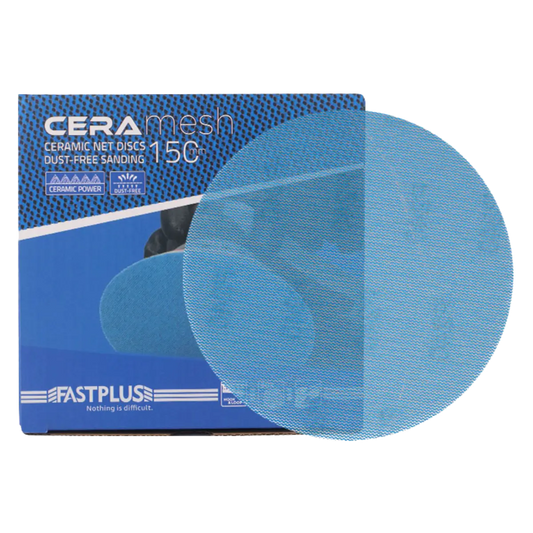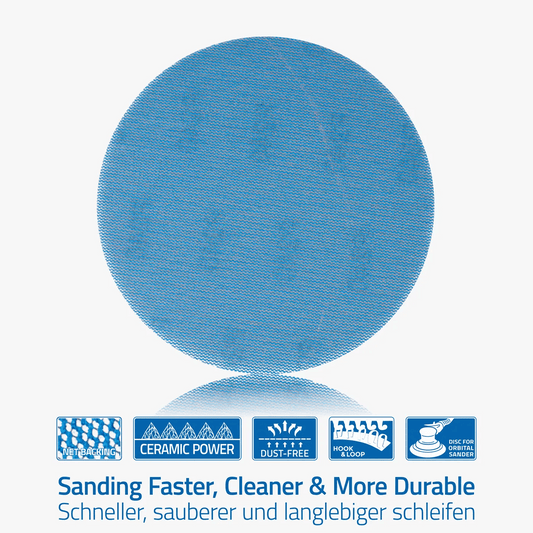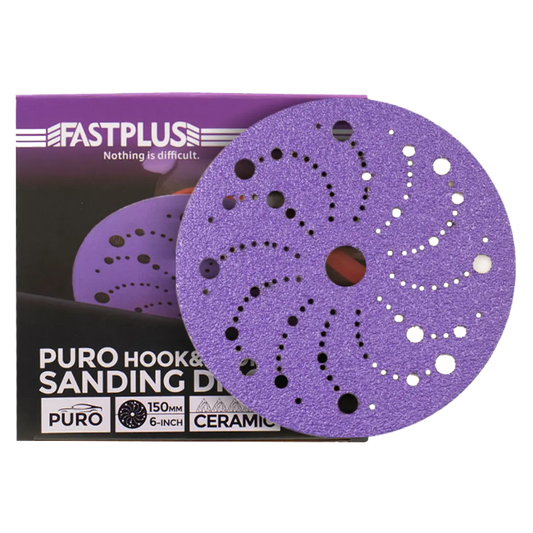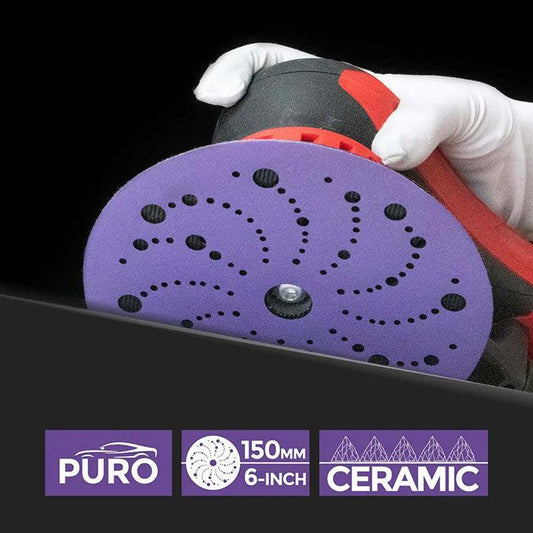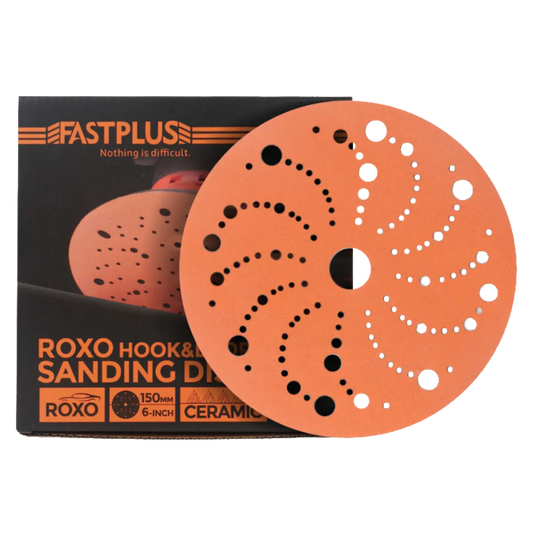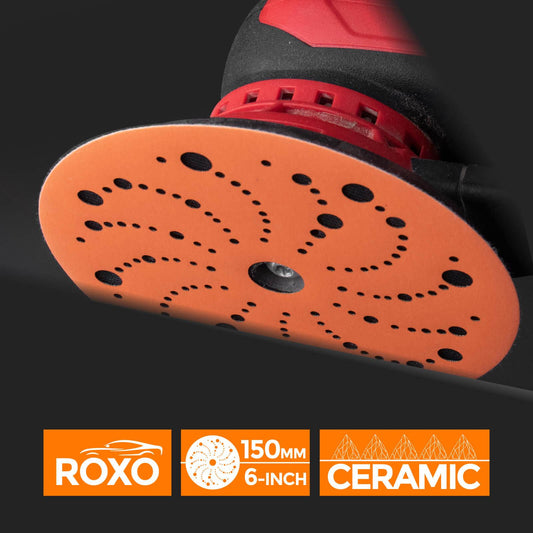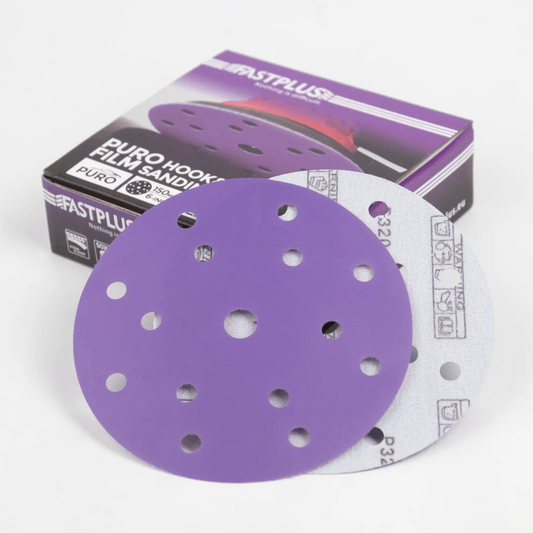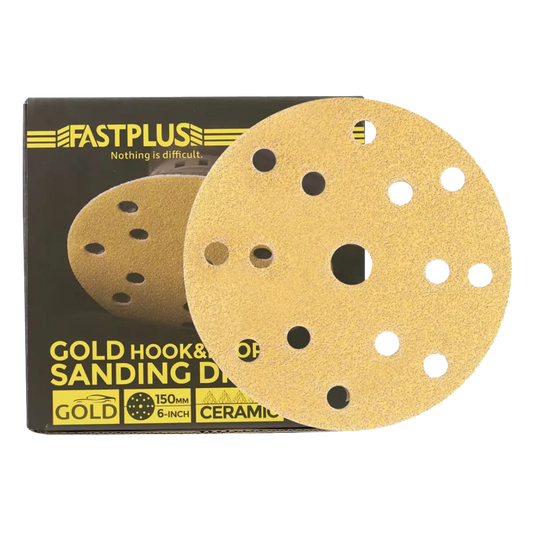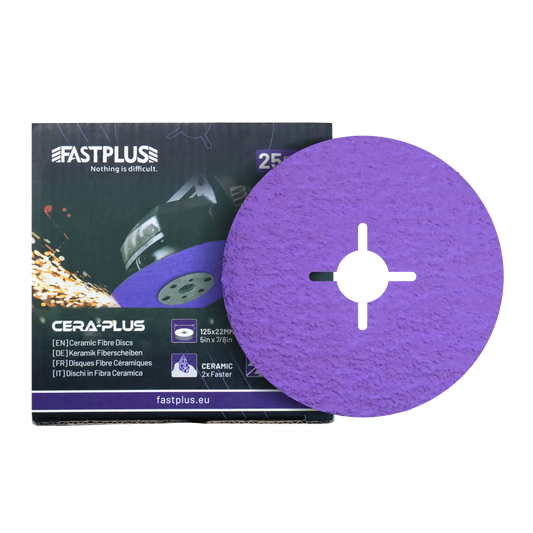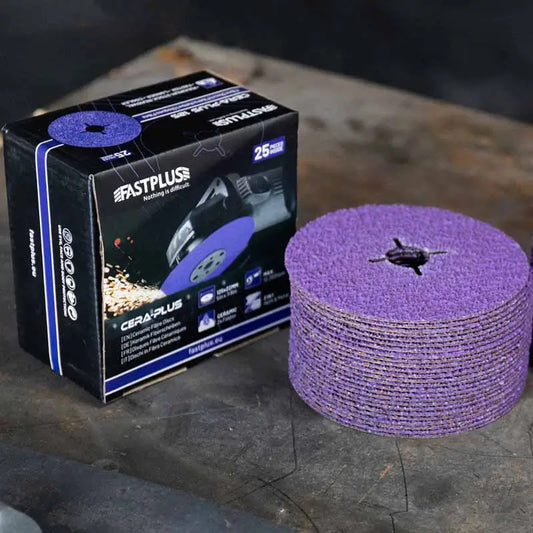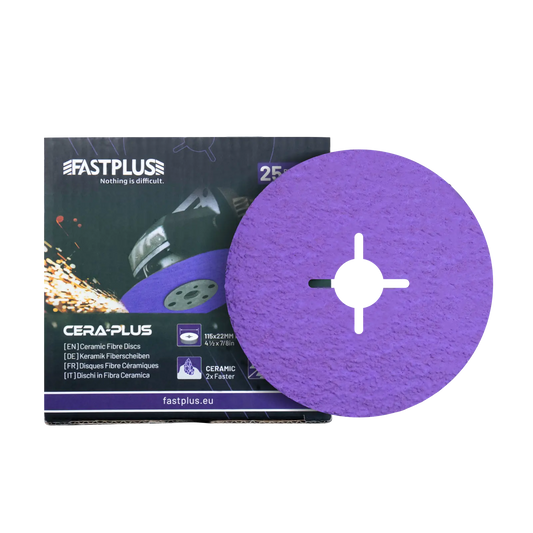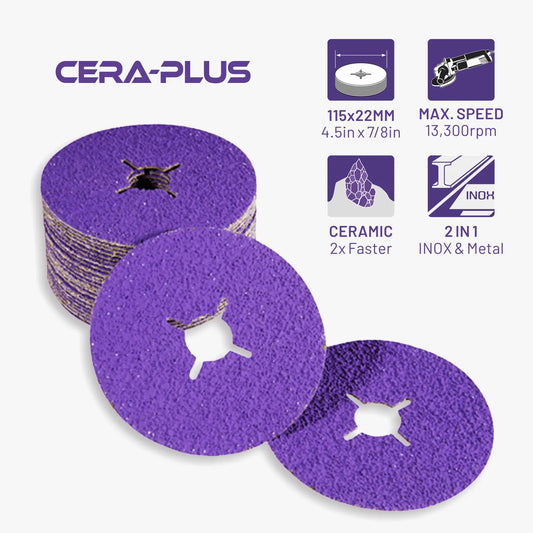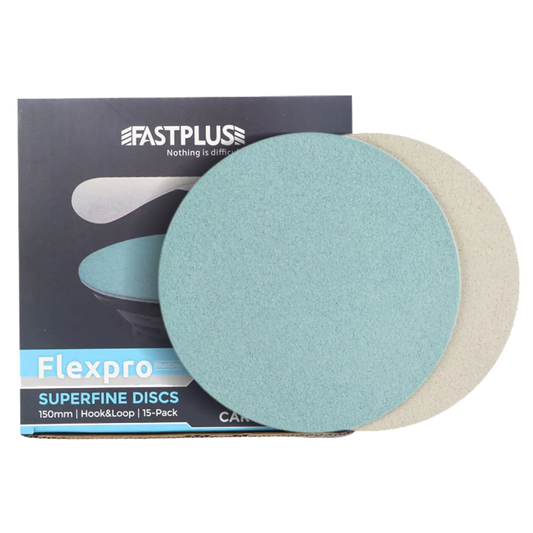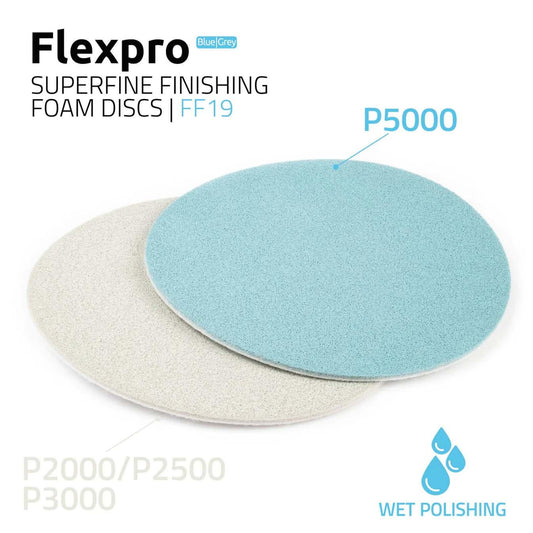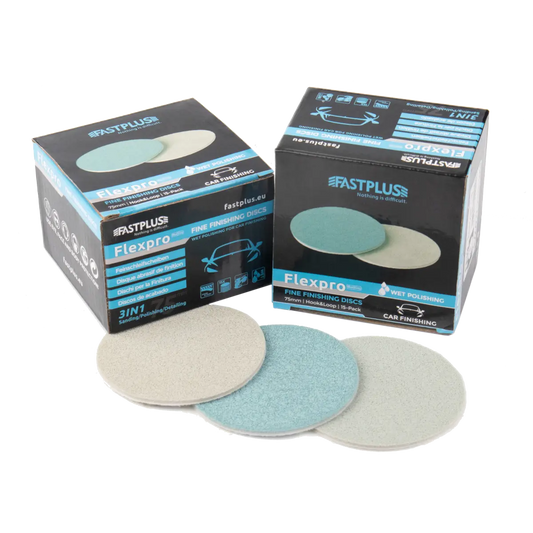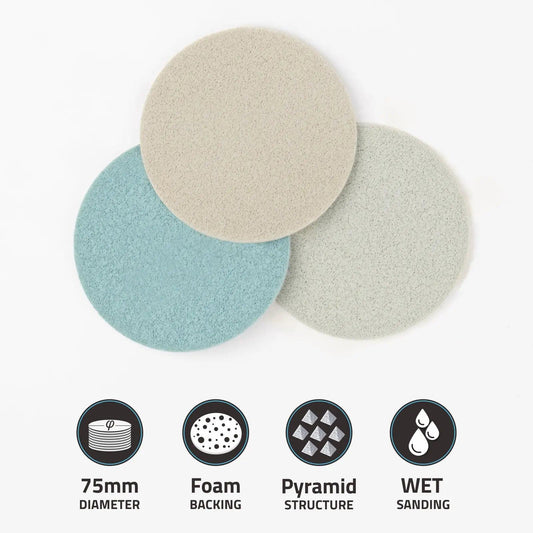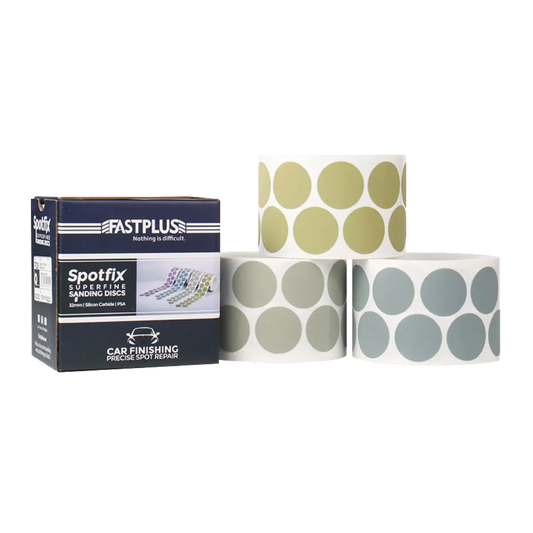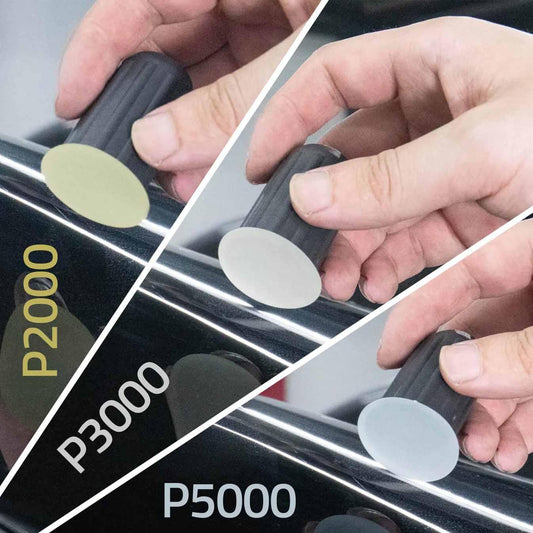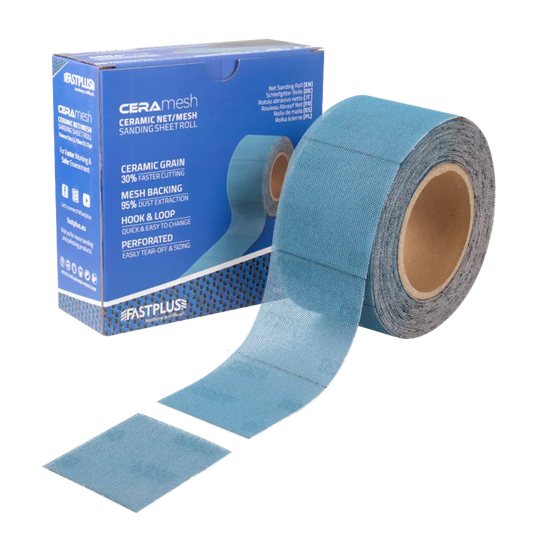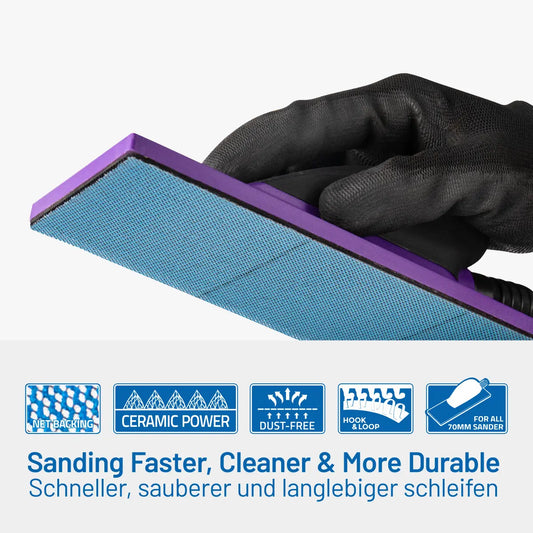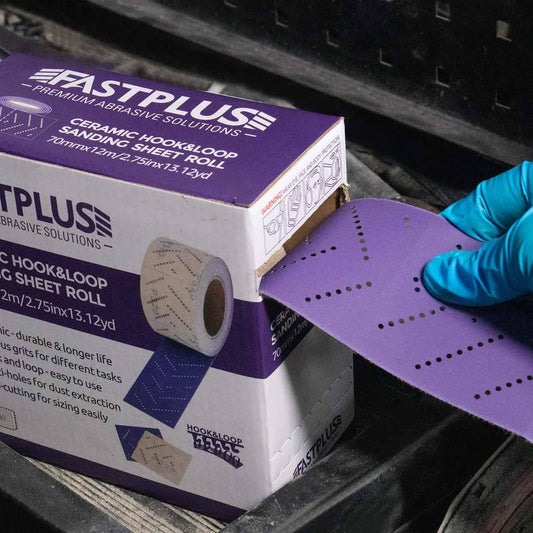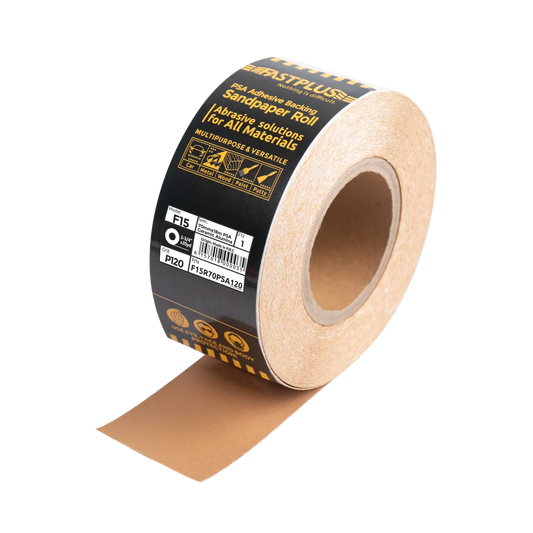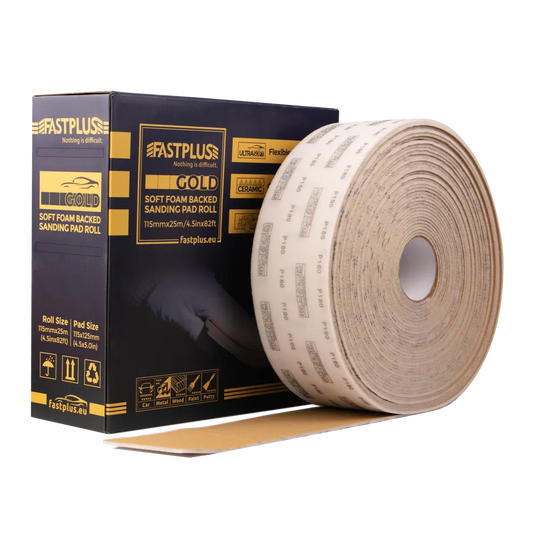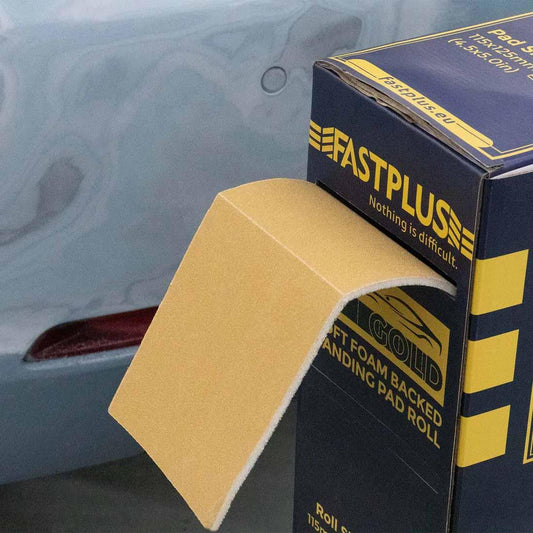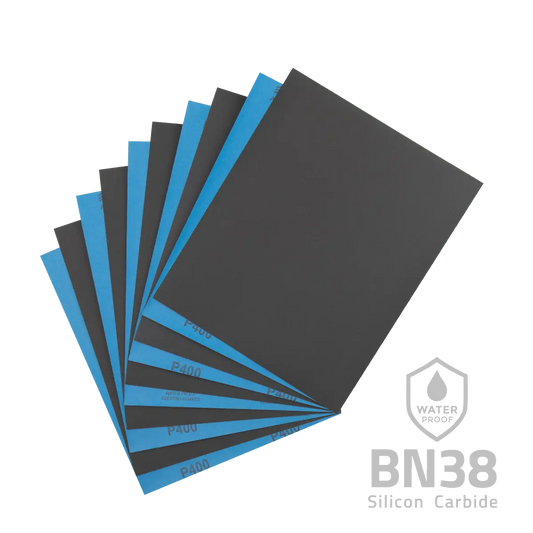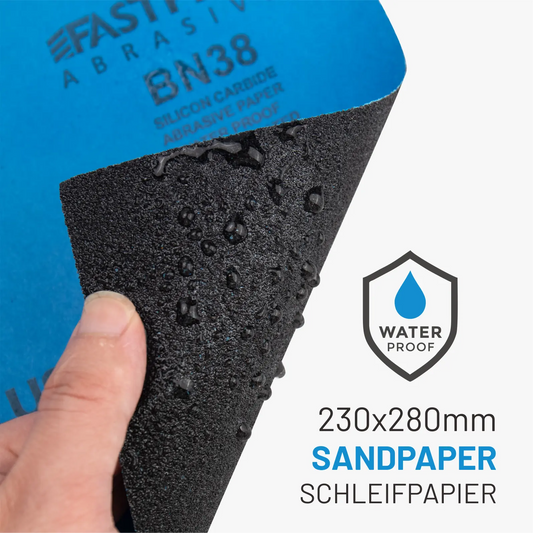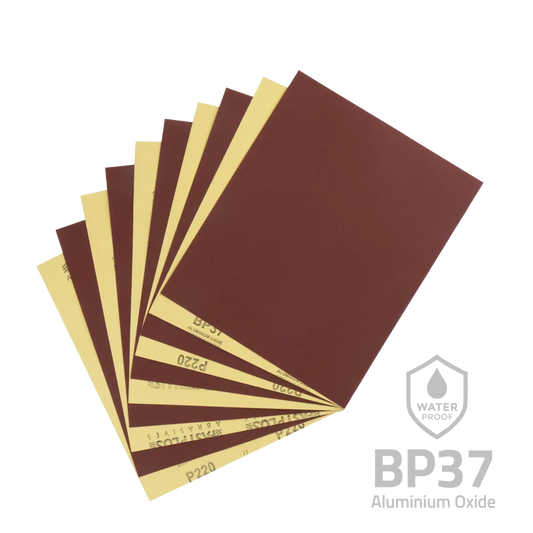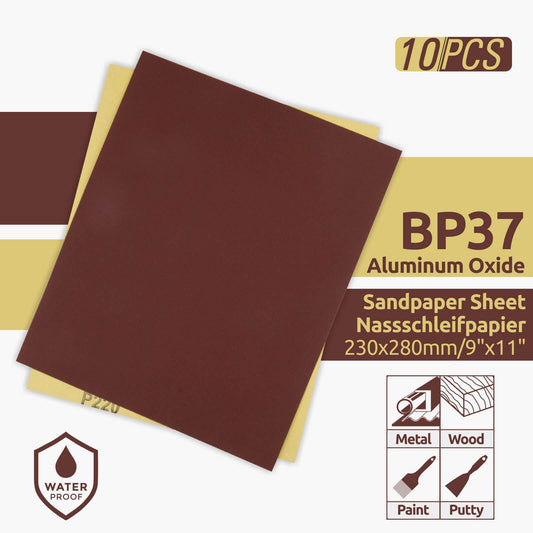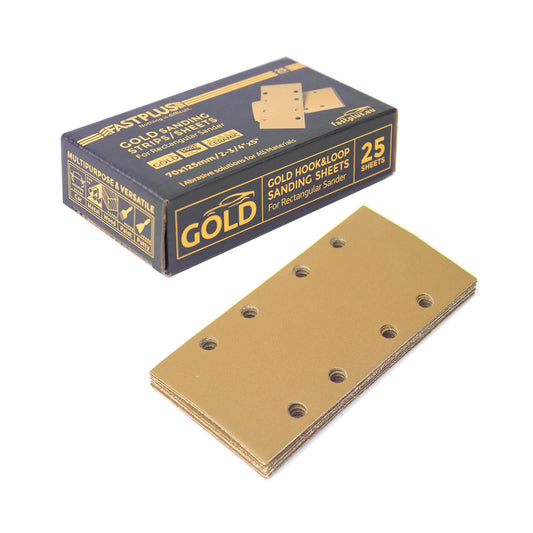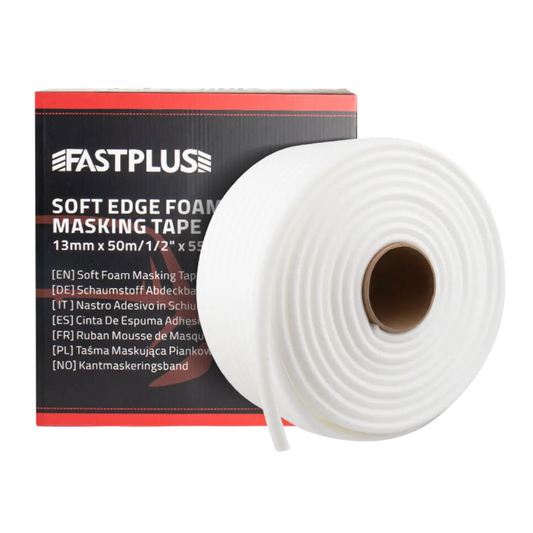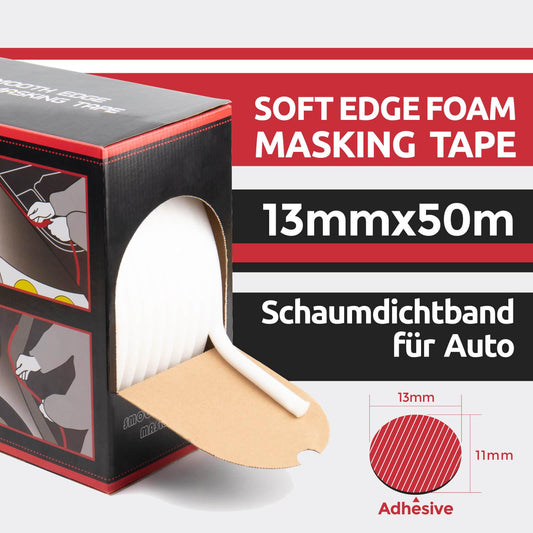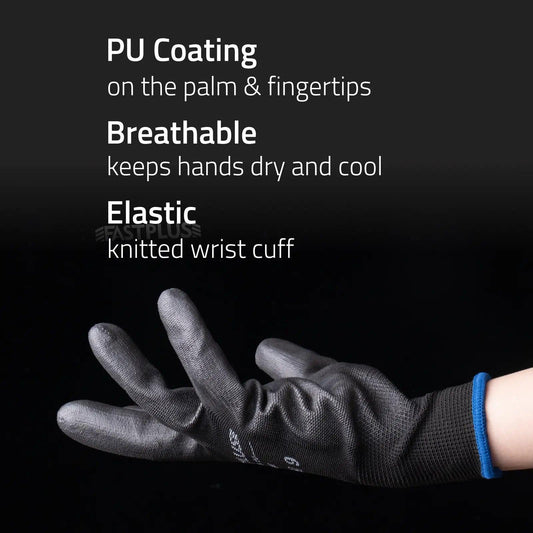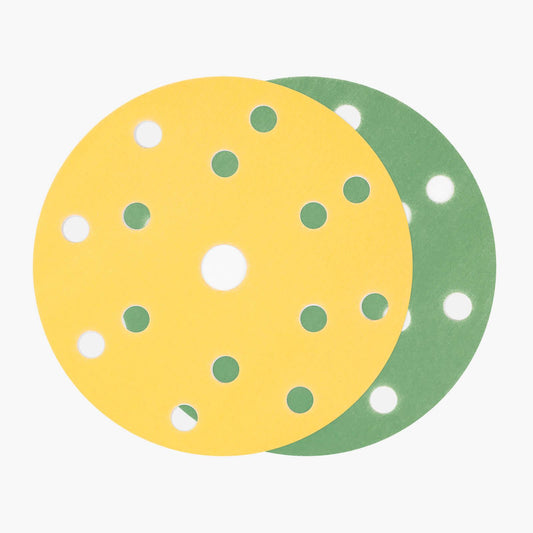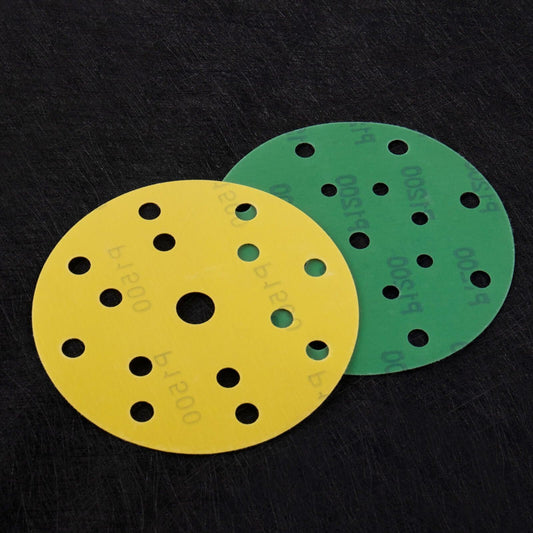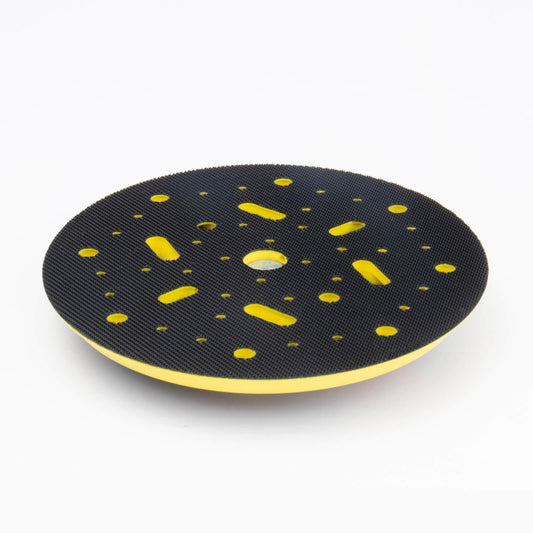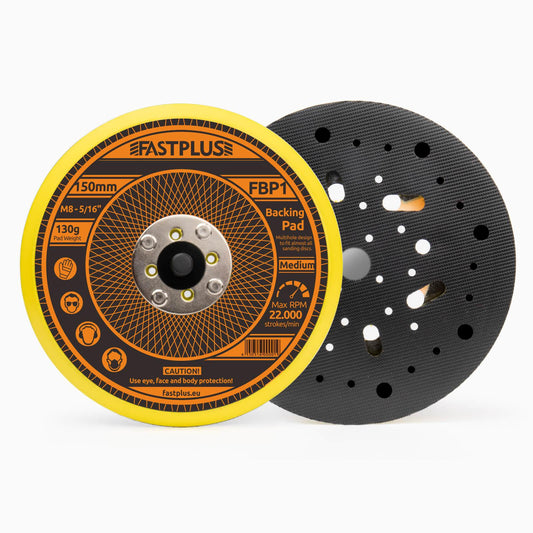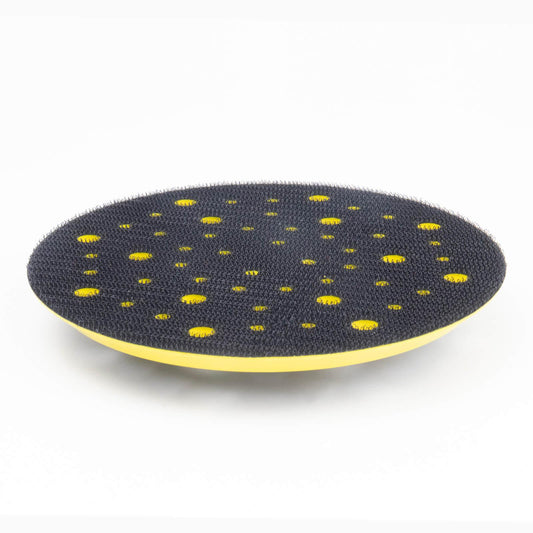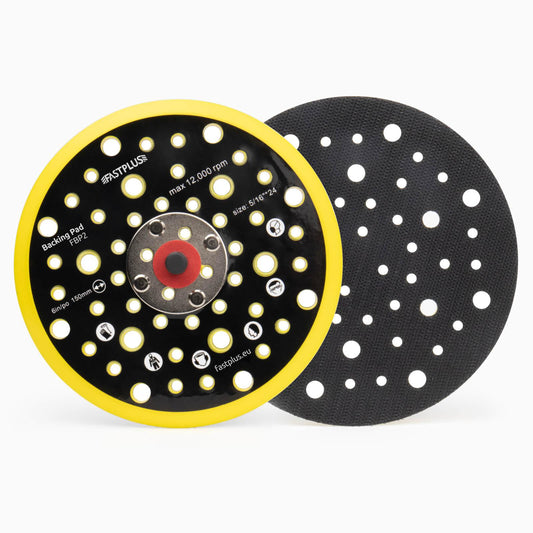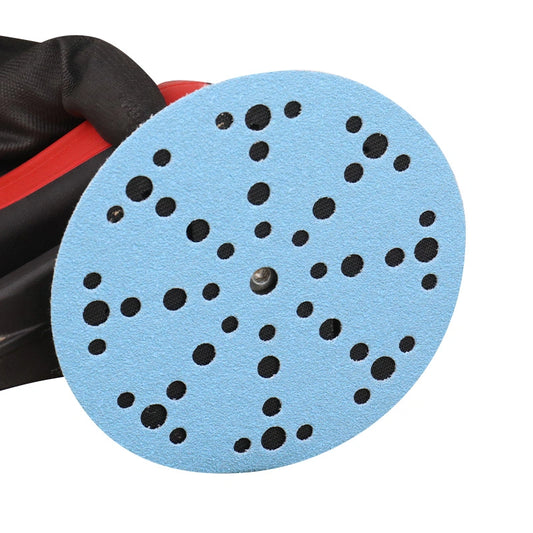
Best Way to Remove Overspray Safely from Clear Coat
If you've noticed that your vehicle feels rough to the touch or has a cloudy, dull finish after a nearby paint job—you're likely dealing with overspray. These are fine paint particles that accidentally settle on surfaces during spraying. While they may seem harmless at first glance, overspray can affect both the look and protection of your vehicle’s paint, especially if left untreated.
But before you grab the nearest abrasive pad or chemical remover, remember: the goal is to eliminate overspray without damaging the clear coat. That clear layer is what gives your car shine, depth, and long-term protection. Damaging it can lead to bigger problems like fading, oxidation, or expensive repainting.
This article walks you through the safest and most effective methods to remove overspray step-by-step—without harming your vehicle’s clear coat.
What Is Overspray, and Why Is It a Problem?
Overspray happens when paint particles land where they’re not supposed to—typically during:
- Car repainting or touch-ups
- Industrial spraying nearby
- Graffiti near parked vehicles
- Wind carrying fine spray during outdoor painting
On your car’s surface, overspray often feels like sandpaper. It may or may not be visible, depending on the color and type of paint. Though it's on top of the clear coat, improper removal can scratch, dull, or burn through that protective layer.
Step 1: Wash the Surface Thoroughly

Start by washing the affected area with a pH-neutral car shampoo. Use plenty of clean water and a microfiber wash mitt to lift away dust and grime.
Why it matters: Overspray removal involves friction. You don’t want to rub dirt into the surface and create new scratches.
Step 2: Identify the Type and Severity of Overspray
Is the overspray light and dusty, or thick and textured? Did it just happen, or has it had time to harden? Lighter, fresh overspray may come off easily with polishing. Heavier or cured overspray might require more advanced methods like wet sanding.
Gently rub your fingers across the surface:
- Feels slightly rough: likely light overspray.
- Feels gritty or sticky: may be thicker or older.
Step 3: Try the Least Aggressive Method First – Polishing
Start with a non-abrasive detailing clay bar or mild polishing compound.
- Apply a lubricant (spray wax or detailer).
- Glide the clay or foam pad gently over the surface.
- Wipe clean with a microfiber towel.
If this works, great—you’ve removed the overspray without touching the clear coat.
If not, don’t worry. Move on to a slightly more aggressive but still clear-coat-safe method.
Step 4: Light Wet Sanding with Fine Grit

For overspray that resists polishing, use wet sanding with very fine grit waterproof sandpaper—usually P1500 to P2000.
- Soak sandpaper in water for at least 10 minutes.
- Wrap it around a soft sanding block or use your hand for curved areas.
- Sand lightly in one direction with plenty of water.
This technique removes paint particles without cutting deep into the clear coat. Always use light pressure, and stop periodically to check the surface.
💡 Tip: We recommend mesh sanding discs for machine-assisted wet sanding. Their open structure allows for better airflow and dust evacuation, reducing clogging and heat buildup.
Step 5: Use DA Polisher with Finishing Foam Disc
After wet sanding, the surface may appear slightly dull. This is normal. Now it’s time to restore gloss with a dual-action (DA) polisher and a fine-grade foam polishing disc.

- Apply a swirl remover or finishing polish.
- Work in small sections using overlapping passes.
- Buff with a microfiber cloth.
This step brings back the smooth, shiny finish—without touching the underlying color coat.
Step 6: Final Protection – Seal It
Once you’re satisfied with the result, protect your work by applying a paint sealant or ceramic coating.
- Choose a product that enhances shine and provides UV protection.
- Apply with a soft applicator in thin, even coats.
- Buff off with a clean towel once hazed.
This adds a protective layer that resists future overspray and environmental fallout.
Common Mistakes to Avoid
When removing overspray from a clear coat, being too aggressive is the most common—and costly—mistake. Here's what not to do:
❌ Don’t use a razor blade or putty knife.
❌ Don’t jump to coarse-grit sandpaper (anything under P1000 is risky).
❌ Don’t dry-sand the surface unless you're experienced.
❌ Don’t use paint thinner unless you know exactly what’s on the surface—it can dissolve clear coat.
Extra Tips for Specific Situations
On Glass:
Use a razor blade at a low angle, with soapy water as lubrication. Glass is much more forgiving than paint.
On Plastic Trim:
Test in an inconspicuous area first—some plastics react poorly to solvents or abrasives.
On Fresh Overspray:
If the paint is less than 24 hours old, sometimes warm water and a microfiber cloth are all you need. Avoid anything harsh until the paint has cured.
Summary: Safe, Smart Overspray Removal
| Step | Purpose | Tool Example |
|---|---|---|
| Wash Surface | Clean base before working | Car shampoo, microfiber |
| Test Polish | Try non-invasive fix first | Clay bar, foam pad |
| Wet Sand | Remove stubborn particles | P1500–P2000 sandpaper or mesh disc |
| Polish Finish | Restore gloss | DA polisher + finishing disc |
| Protect Coat | Long-term surface protection | Wax, sealant, ceramic coating |
Final Thoughts
Overspray doesn’t have to be a nightmare, and it definitely doesn’t have to mean a full repaint. With the right process and gentle use of tools like fine sandpaper sheets, mesh sanding discs, and polishing foam discs, you can restore your vehicle’s appearance while keeping your clear coat intact.
Always start with the least aggressive method and work your way up—patience is key. The end result is a smooth, glossy finish that looks like nothing ever happened.
Need help choosing the right grit or tool for your overspray removal job?
Contact us or explore our sanding and polishing solutions—we’re here to help you finish strong, without compromise.

